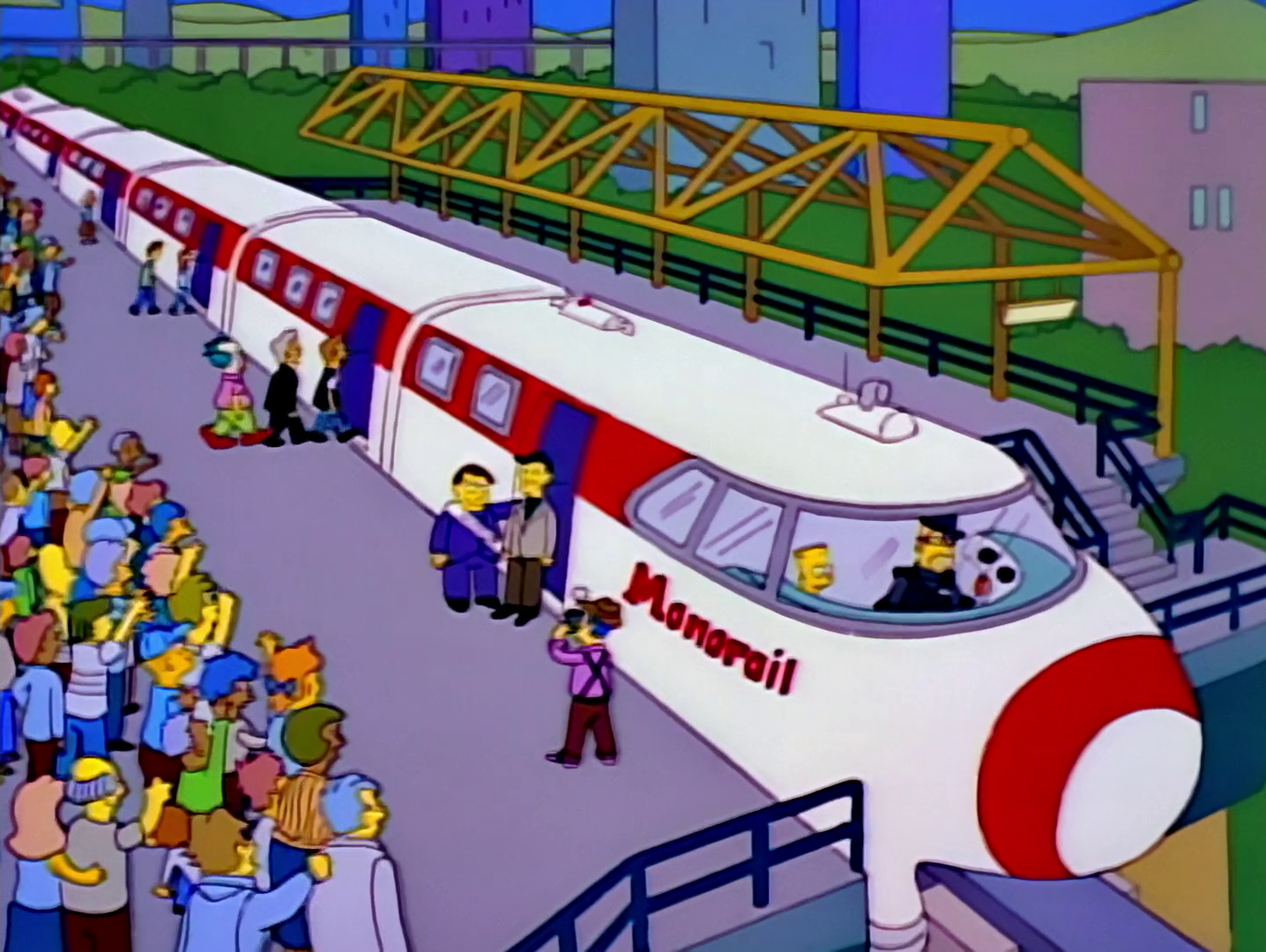Full list here. I took some of the more unique ones.

SkyTran
SkyTran, a system of two-person pods hanging from a suspended maglev track, falls under the realm of Personal Rapid Transit (PRT). Most PRT systems are expensive, utopian dreams, as they're only slightly more efficient at moving people than an automobile. Plus, they cost far more per mile to both build and operate than most other forms of public transit.
SkyTran was supposed to be different. The brainchild of Douglas Malewicki, SkyTran promised automation and energy efficiency. But despite numerous proposals over the course of three decades, only a crude prototype has been built. There's a chance SkyTran may eventually hover over the crowded streets of Tel Aviv, but it'll remain on this list until it's operational.

Beach Pneumatic Subway
No, this has nothing to do with shuttling suntanned tourists across the sand. In 1870, a 300-foot subway ran beneath Broadway in New York City. It was the creation of inventor Alfred Ely Beach, and it was originally intended for package delivery. But Beech had other plans, secretly building stations and subway cars capable of carrying people. Cars were propelled by a vacuum blower that pushed the car through the tunnel -- similar to the system used at bank drive-up windows.
The demonstration subway ran for three years, with political opposition and an economic downturn dooming it to failure. Building owners on Broadway didn't want a subway tunnel to potentially damage foundations, and elevated transit was cheaper to build. The station burned in 1898, and the MTA's City Hall station now stands where Beach's experiment died.

Hotchkiss Bicycle Railroad
Similar to the Schweeb, the Hotchkiss Bicycle Railroad put a bicycle on a monorail. Examples were actually operational between 1892 and 1909 in both the U.K. and U.S. The most famous example, the Mount Holly and Smithville Bicycle Railway, sounds like the name of a 70's-era bubblegum band, but it was built to carry employees between the town of Mount Holly, NJ and a factory in Smithville. Unfortunately, a single track meant that passing was impossible. When two cyclists met coming from opposite directions, one of them had to pedal back to the beginning of the line. Whoops.

Straddling Bus
In 2010, the U.S. Elevated High-Speed Bus Group promised that giant, traffic-straddling, solar-powered buses would soon glide over traffic jams. Thankfully, nothing has come of that promise. A designer must've realized that a bus tall enough to glide above trucks would take out bridges and streetlights, and a giant bus speeding over traffic could turn a simple right turn into a disaster of Michael Bay proportions.

Railplane
Before Benny and the Jets, there was Bennie and his Railplane. Inventor George Bennie envisioned propeller-powered locomotives moving passenger trains on tracks suspended above slow-moving freight trains. He got a prototype running for about 400 feet in the mid-1930s, but apparently investors thought the idea was too far-fetched, and Bennie ended up bankrupt right before the onset of World War II.

Vactrain
When Donald Fagen sang, "ninety minutes from New York to Paris, undersea by rail," he was talking about a vactrain. Similar to the Hyperloop, a vactrain uses maglev technology but runs through an airless tunnel. Without air resistance, a vactrain can operate at high speeds using very little fuel, and break the sound barrier without causing a sonic boom.
Though vactrain proponents talk about intercontinental railway projects that connect New York and Beijing in under two hours, the closest a Vactrain ever came to fruition was the failed Swissmetro underground maglev project. It promised 300 mph transit between Switzerland's main cities, but development was largely abandoned in 2009. But maybe Musk and Co. have solved some of the issues...


